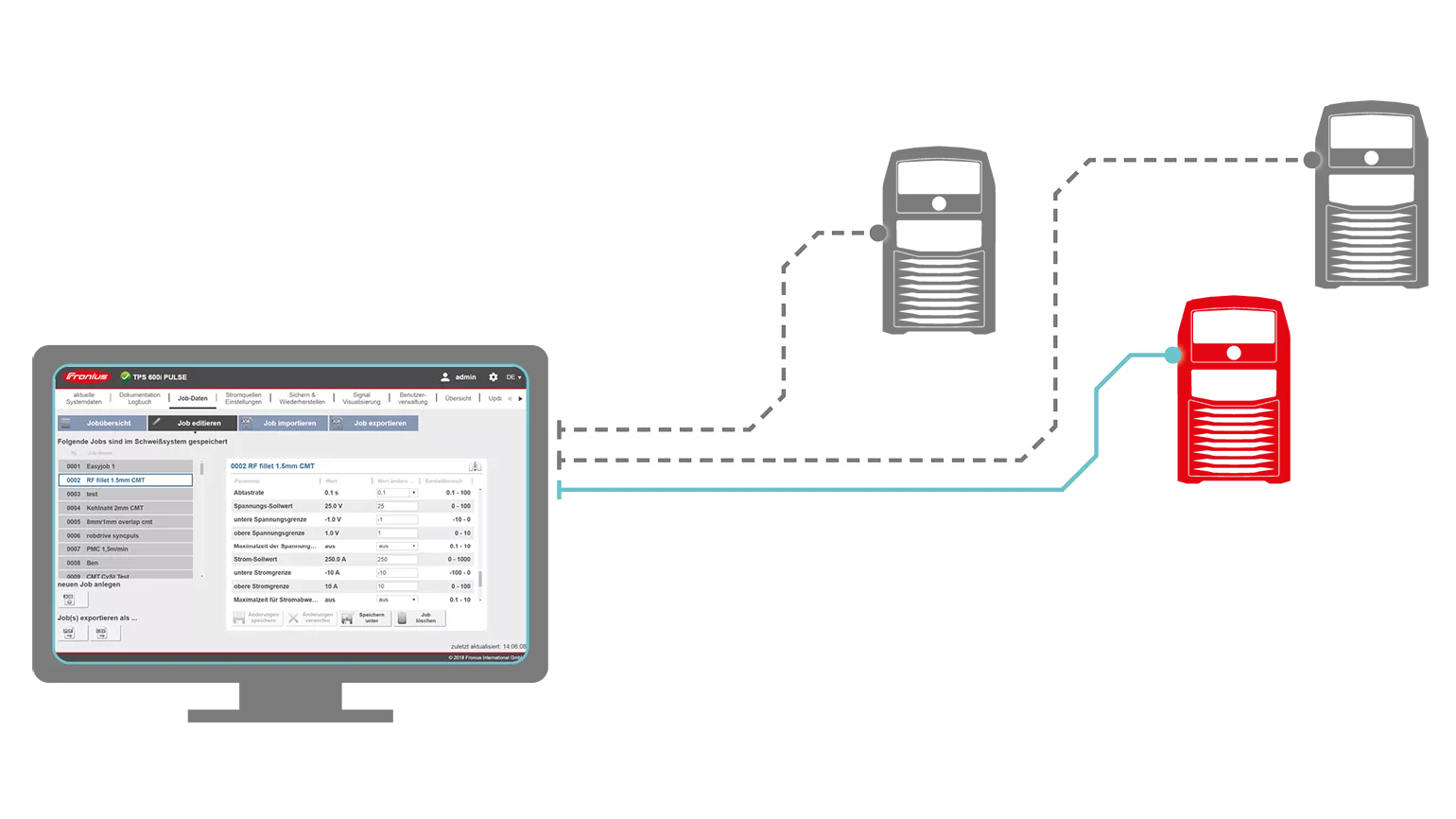Documentation and analysis
All welding data at a glance
Document welding data reliably
Transparency and safety, but also productivity and time-saving: the requirements are high in welding production. The recording, documentation and analysis of welding data is therefore becoming increasingly important. This is because direct feedback from production helps to optimize processes, monitor system statuses and identify errors. The result: reliable, high-quality production.
The WeldCube analysis system offers the right solution for all requirements—from small businesses to large companies with a wide range of networked welding systems. This means that you get optimum support with your data documentation.
Advantages of data documentation
Read more about the topic of data management here
Quality Assurance and Transparency
Wherever welding is carried out, manufacturers and users expect perfect and demonstrable quality. Ultimately, stable and flawless weld seams are crucial to ensuring that safety and functionality criteria are met. A continuous quality assurance process is therefore essential in the majority of companies.EU Standard EN 1090 requires welding data documentation
Since 2014, load-bearing steel or aluminum structures may only still be sold if they comply with the EN 1090 series of standards.
The EU standard requires full documentation of the weld seams so that they can be consistently traced.
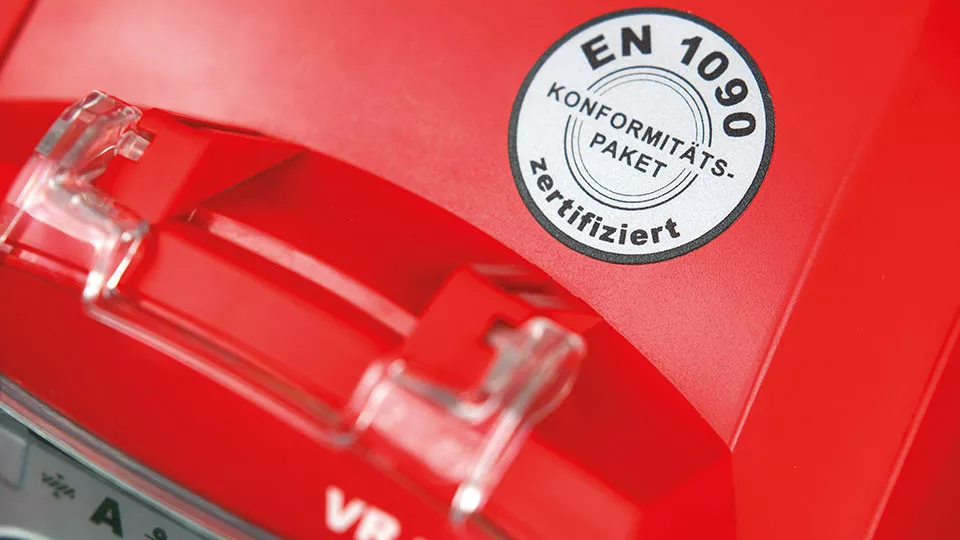
Documentation at component level
Documentation at component level makes it possible to assign weld seams to a component and a welding system. This means that errors can be identified in real time and quickly rectified.
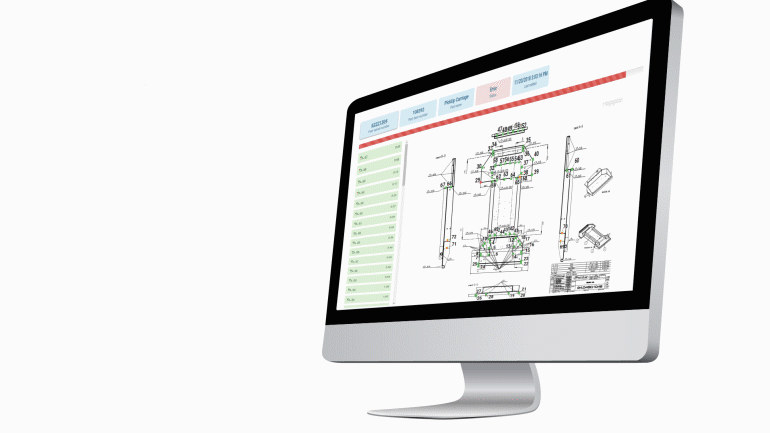
Preparing statistics
The statistics function allows you to prepare useful statistics quickly and easily. These will help you to optimize production processes.
Our example shows the highest error rate by day and welding system. This production step can be considered in greater detail and improved if necessary using this data.
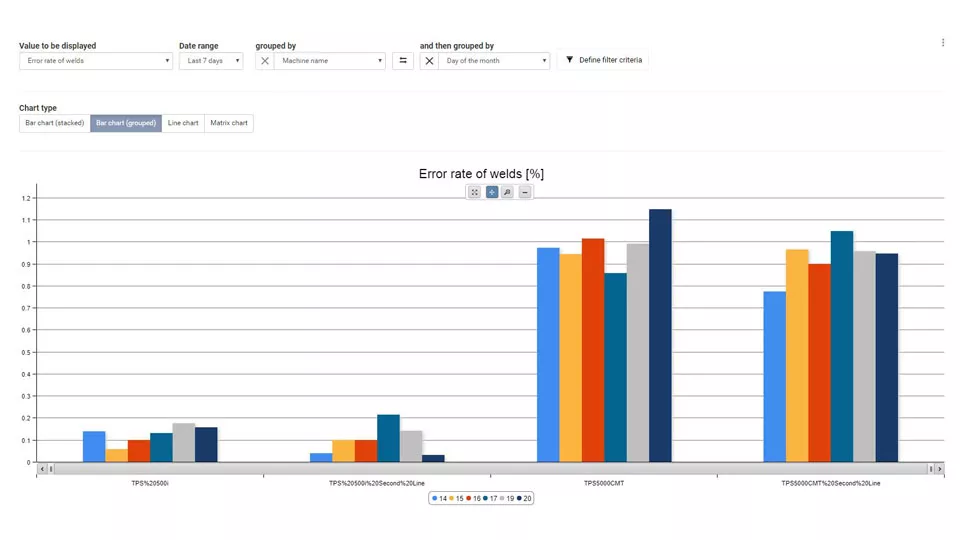
WeldCube: various packages for any requirements
Centralized data documentation
- All data are stored in a central database
- Data from all networked systems are displayed together
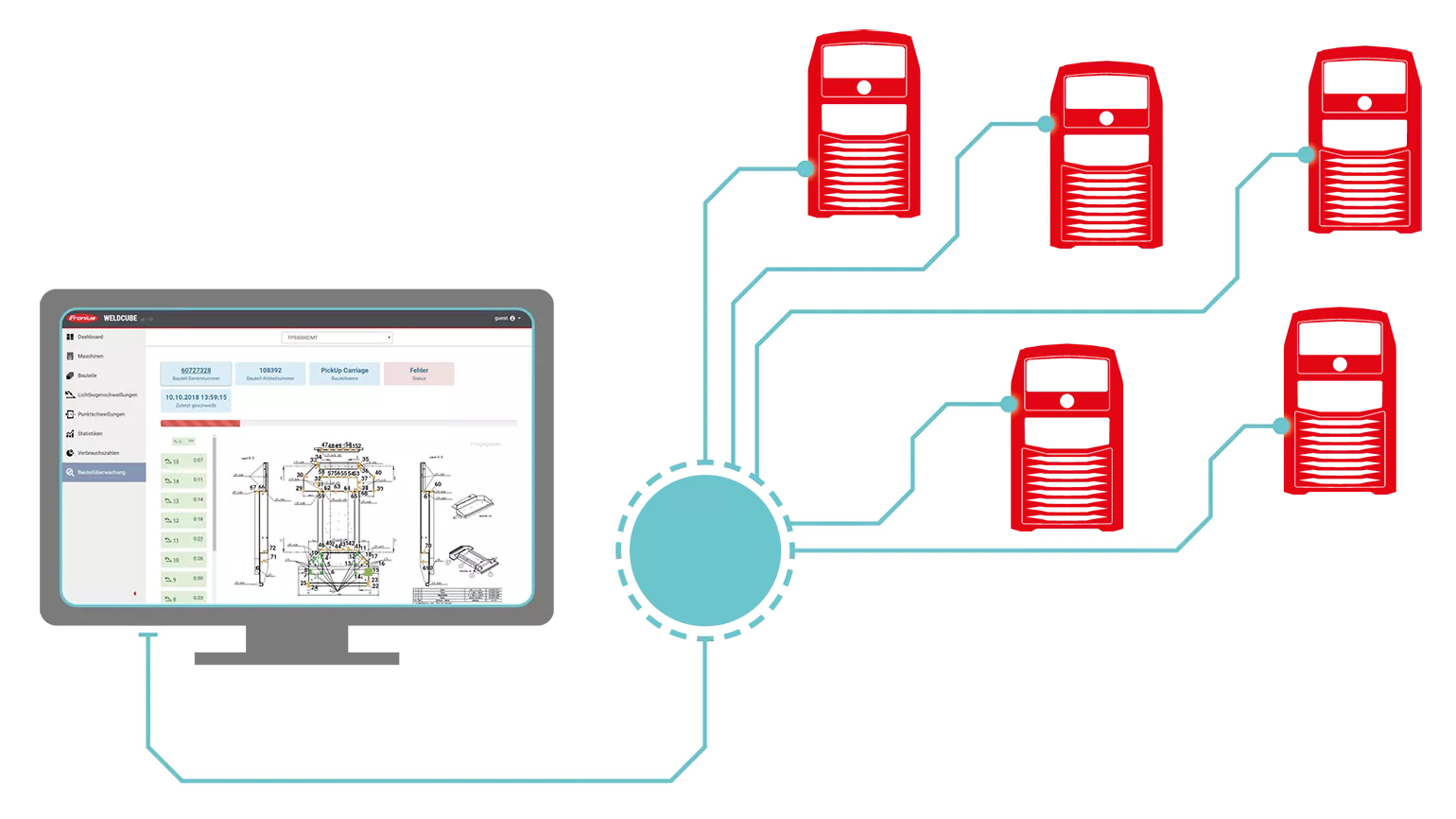
Decentralized data documentation
- Data are stored on the power source itself
- Always one power source at a time: view or process data for each individual power source
